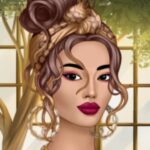Make Patterns and Colors Work Together — Smart Styling Tricks
Creating bold outfits in Studio can be tricky — especially when you’re working with prints, textures, and lots of color. Here are some tricks to keep your design clean and balanced.
🌫️ 1. Tone it down with opacity
If a pattern feels too loud or harsh, lower its opacity to blend it gently into the base fabric. This trick works especially well on shiny or dark textures.
🎨 2. Choose one focus color
Instead of using five bright shades, pick one main color to lead the design. Use similar or muted tones around it to create a polished, cohesive look.
📏 3. Pay attention to outlines
Outlines can make or break your styling. Try soft, low-contrast colors for outlines — especially where two prints or fabrics meet — to avoid sharp, distracting borders.
🪞 4. Don’t force symmetry
Symmetry is powerful, but sometimes perfect reflection looks too stiff. Try adjusting one side slightly for a more natural flow, or use the Mirror tool to test different options.
✨ Bonus formula:
Mix one pattern, one textured fabric, and one smooth material. It’s an easy way to keep your look bold and stylish without going overboard.
🎨 Color or Shape First?
Where to Start When Designing a Look
One of the most common questions among designers:
Should you begin with the color palette or the shape?
Here’s a breakdown of both approaches and when to use them.
🧩 1. Start with Color — for Mood & Harmony
Begin with colors if you want to convey a specific mood, season, or idea.
This helps you keep the design cohesive and avoid clashing elements.
✅ Best for:
– Concept-based looks
– Emotional or artistic outfits
– Monochrome or analogous palettes
💡 Example:
You choose a warm autumn palette — rusty red, ochre, and brown.
Then you build a cozy layered outfit using those tones.
✏️ 2. Start with Shape — for Structure & Details
Start with shape if your idea is based on silhouette, cut, or garment details.
You can choose colors later to enhance and support the structure.
✅ Best for:
– Bold silhouettes
– Unusual cuts
– Draping or layering experiments
💡 Example:
You sketch an asymmetric draped cape-dress first.
Then you test neutral and metallic tones to make the shape stand out.
⚖️ So… Which Comes First?
There’s no single right answer — start with what inspires you more.
Just make sure color and shape work together, not against each other.
💡 Try this:
Draw two similar looks — one starting from color, the other from shape.
Compare the results to see which approach works better for you.













